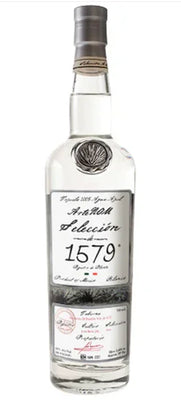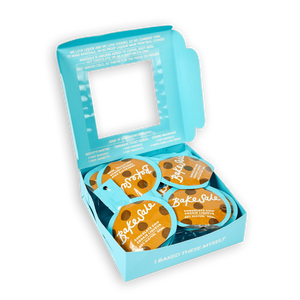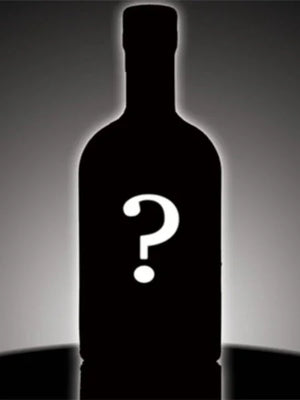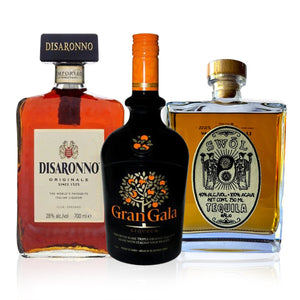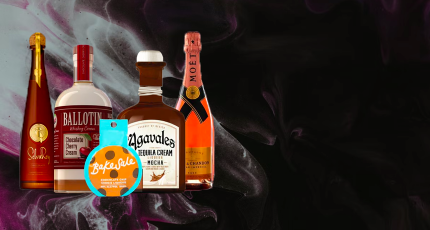Champagne is a sparkling wine that originated and is produced in the Champagne wine region of France. The Romans were the first ones to plant vineyards there and cultivated them by the 5th century.
Legend has it that Dom Pérignon invented sparkling wine. This is actually untrue, though he did make important contributions to the production process of still and Sparkling Champagne wines.
The special thing about Champagne is that the sourcing of grapes is exclusively from one region. There are specific grape-pressing methods that are strictly adhered to throughout the region.
Champagne became first associated with royalty in the 17th, 18th, and 19th centuries. Champagne was usually associated with nobility and royalty but also became popular among the emerging middle class.
Something unbelievable and funny is that originally the bubbles in Champagne were considered to be a mistake that occurred during the winemaking process. Today we all know bubbles are important characteristics of the quality of this bubbly drink. There are 30 bubbles per second that travel toward your taste buds as you sip. The CO2 gas trying to escape is the reason for the fizzy nature of Champagne.
Bottles Popping
One of the best moments before the culmination of taking a sip from this elegant drink is, of course, the opening of the bottle. In most special moments we’d loudly pop a bottle of champagne and share laughs and hugs, some chandeliers might fall as the bubbles escape with force and glory.
The bubbles are full of aroma and they burst with effervescence as they reach the dry glass on pouring. The bubbles are a unique indicator of the quality of the Champagne. As the cork pops out the quality of your glass would depend on how well would the bottle open.
One of our favorite champagne facts is that if you manage to twist and remove the wire from the top of the bottle in only 5 moves, that’d mean that your Champagne is of great quality. The way most people pour Champagne is wrong, in order to get the most out of champagne bubbles - hold the bottle at an angle and pour slowly.
The Little Glass Bombs
Champagne is produced in a traditional method where after the first fermentation, the wine is partially fermented and bottled. Then a second fermentation occurs and continues inside the bottle creating little glass bombs and releasing carbon dioxide.
This fermentation is induced by adding yeast and sugar to the bottle. The little glass bombs are a buildup gas that increases the pressure and gets released at an extraordinary speed when the bottle opens creating a loud pop.
As much as 80% of the CO2 could be lost as we release the cork. Because of this process Champagne bottles are made thick to prevent explosions. We all know how if you leave your glass for too long, the taste is just not the same as the bubbles have faded away. Once poured into the glass, champagne gives away only around 20% of dissolved CO2 in bubbles as most of them escape into the air.
Bigger = Better?
Contrary to the saying the bigger the better, in the case of bubbles, the smaller size is actually preferable. The size of the bubbles is a key factor in defining the quality of the Champagne. The bigger the bubbles - the worse the quality.
This would mean that the fermentation process happened outside the bottle as opposed to inside. The less sugar that gets added, the smaller the bubbles will be, which contributes to how dry the taste would be.
If the fermentation process happened properly, then the glass would’ve been filled with millions of tiny bubbles that form microscopic particles as they stick to the glass. They can also create tiny imperfections on the glass where a bubble will get trapped and will try to escape floating all the way up to the top surface of the glass.
Flute or Couple?
How do you like your bubbly served? In an elegant flute or in a traditional coupe? There are few chances that you’d know none of these are actually the best for Champagne, especially since the majority of bars and restaurants serve it this way. One of our favorite champagne facts is that these types of glasses don’t let the full potential of the bubbles unleash.
Every bubble that reaches the top of the glass forms its own flow pattern that stirs the drink and changes its taste. In a narrow and tall flute, the concentration of CO2 is so high that really irritates the nose activating our pain receptors for high levels of CO2. This automatically changes our smell and taste perception.
On the other hand, the coupe works the exact opposite way. It dilutes the concentration of CO2 which is great for the nose but works against the taste and the aroma. There isn’t currently the perfect Champagne glass designed yet so until this happens, your best choice is to use a simple wine glass.
Bottle Size
While it’s best for the bubbles to be small, it’s great if the bottles are big! Champagne is better conserved in bigger bottles as the amount of CO2 that is dissolved in a larger bottle this keeping the amount that could escape the cork the same as in the regular bottle.
Champagne is mostly fermented in two sizes of bottles, a standard of 750 milliliters and magnums of 1.5 liters. Magnums are of higher quality, as there is less oxygen in the bottle, and the creation of bubbles is very rationed and proportionate.
There are other bottle sizes that are mostly named after Biblical figures, and there are large sizes like Jeroboam (3 L), Primat bottles (27 L), and Melchizedek bottles (30 L). Unique sizes are usually made for specific markets, special occasions, and important people.



